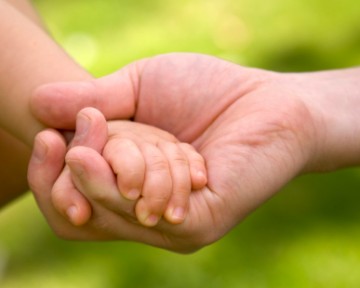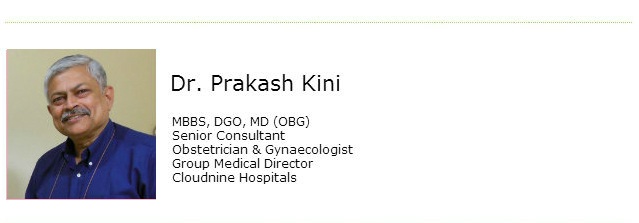When you look at any plant’s stem, it looks pretty much the same. It is the plant’s branching pattern, size and shape of leaves, height, flowers and fruits that help in identifying it.
In other words, it is only from the offshoots of the undistinguished stem that the particular plant is identified. The stem is an anonymous common entity, present very early in the growth and development of the plant, coming just after the roots.
Hence, if there is no stem, then there is no tree.
What are Stem Cells?
Similarly stem cells are anonymous cells that cannot be called as a muscle cell, blood cell, nerve cell, bone cell, heart cell, lung cell, bowel cell, eye cell or skin cell. They are one of the earliest cells to form during the development of the baby inside the mothers’ womb.
We are talking about 5 to 7 days’ after the man’s sperm penetrates the woman’s egg to create a zygote (embryonic baby). They are the basic primordial cells that can mature into adult cells on programming them to become one.
Why are they Special?
What makes them special is their pluripotency. To understand clearly, a blood cell can only make another blood cell; a skin cell can only make another skin cell. A blood cell cannot be coaxed into becoming a skin cell easily and vice versa.
Nerve cells are the worst; their number is fixed at birth. Throughout life, the nerve cells only grow in size but not in number. But stem cells are capable of maturing into any type of adult cell in the body, be it bone, muscle, nerve, heart, lung, eye or skin.
How to Bank?
But how can you get your baby’s stem cells for banking if they are present only in 5th – 7th day stage of its growth inside your womb? Some of them remain in umbilical cord blood. This blood is thus rich in stem cells which can be harvested.
After your baby is delivered, the umbilical cord and the placenta (a flat, round pancake like structure inside your womb to which the umbilical cord is attached at your end) are delivered.
On an interesting note, harvestable stem cells are present in small numbers in adults also.
How does Banking Help?
Stem cell banking is all about harnessing the versatile curative potential of stem cells; your baby’s own stem cells can be harvested and stored for years together with existing medical/scientific advances.
There are certain diseases which either do not have a cure or slowly become worse in spite of treating them. If in future your child unfortunately develops any of the diseases briefly discussed, its own stem cells can be used to cure/treat the disease without fear of any rejection by the body.
Also, if there is any nerve cell injury or degeneration, new nerve cells cannot be created as their number is fixed at birth. In such conditions, stem cells offer hope.
They can be induced to form new cells, replacing the dead and degenerating ones, thereby curing the disease or giving significant functional improvement to the affected person that is not possible by conventional treatment. As they are capable of maturing into any type of adult cell, the possibilities are enormous.
As you know, the body normally attacks and destroys any foreign cell which is a major setback to kidney, liver, heart and lung transplantation surgeries performed nowadays. Autologous (using one’s own) stem cell treatment avoids this side effect.






